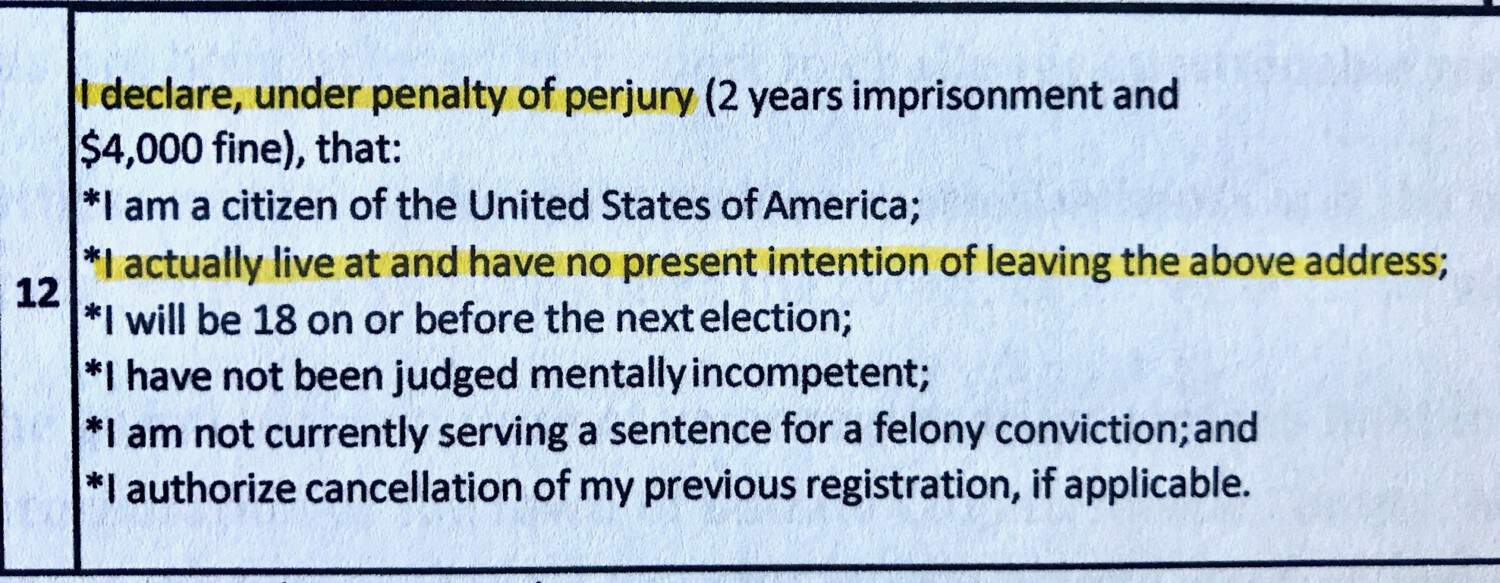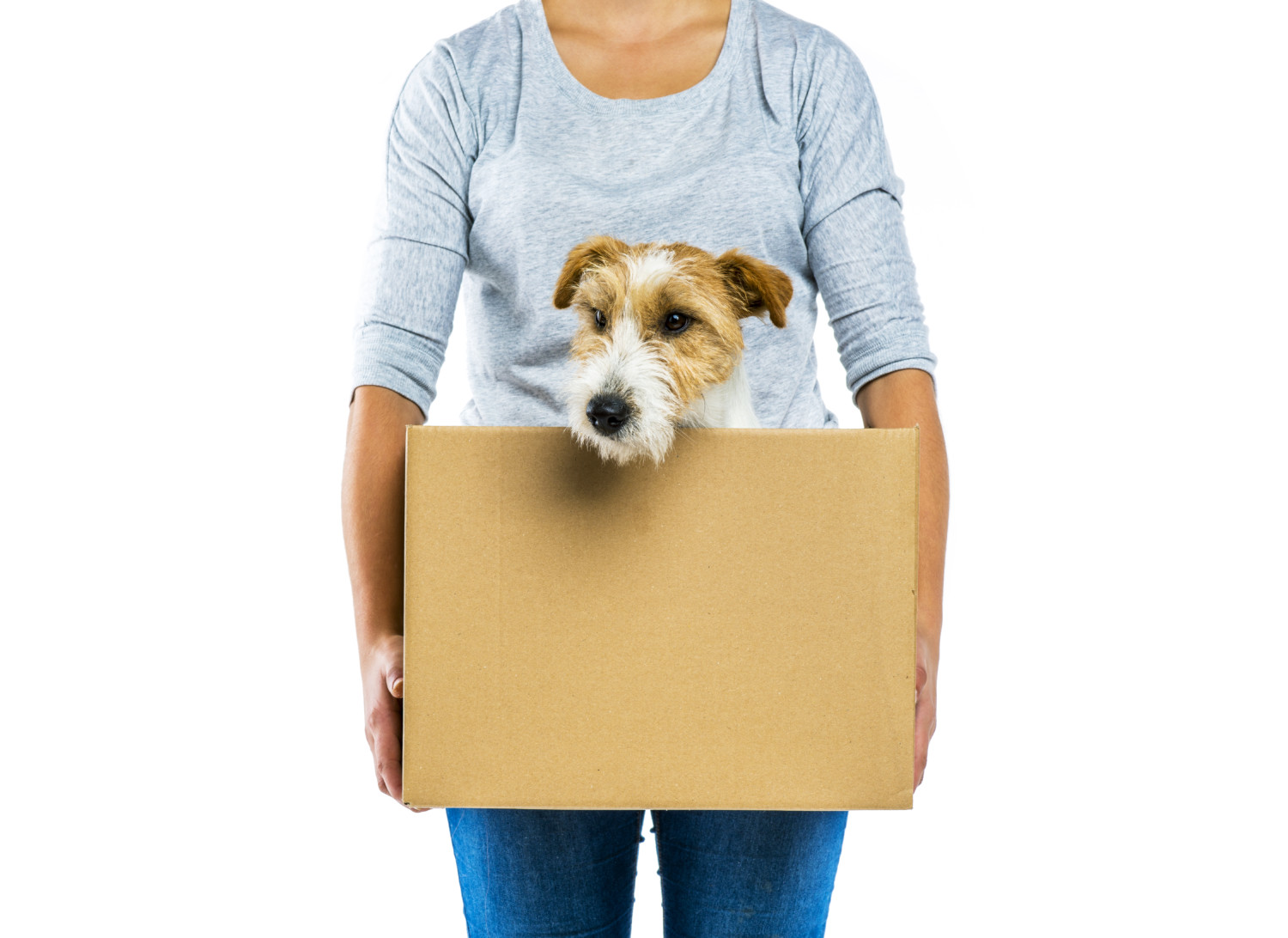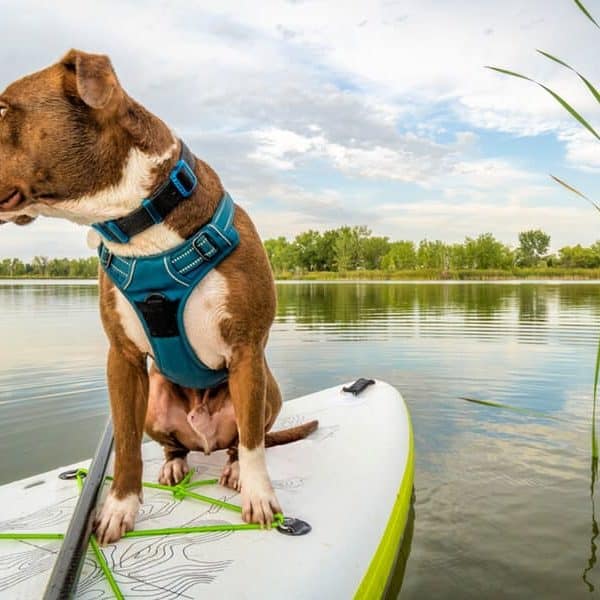How do RVers get mail? I mean real mail?
That’s a question we hear a lot when people learn that we’re full-time RVers. When you’re traveling for a short periods of time, mail is fairly easy to handle. You can put it on hold or have a neighbor pick it up. However, when your home rolls, things become a bit more challenging.
Start By Reducing Paper Mail
Even before we became RVers, we started eliminating as much paper mail as possible. We called companies to get off their catalog mailing lists. And we switched all of our bills, bank, and credit card statements to electronic delivery. But that still left a bunch of personal mail and packages.
READ MORE ⇒ Getting Internet In Your RV
Selecting Your Domicile
When you don’t own or rent real estate and travel full-time, one of the biggest decisions you’ll face is where to be domiciled. Everyone needs a place to get a driver’s license, register their vehicles, and pay their taxes. And that choice impacts the options RVers have for handling their mail.
Some things to consider when choosing your “home address” are the state’s residency requirements, health care options and restrictions, vehicle registration fees, vehicle inspection requirements and fees, and income taxes. If you have a friend or family member who is willing to let you use their address, that can also be an attractive and money-saving option. Of course, you should weigh that against the burden you’d be imposing by asking someone to handle your packages and letters.
Sweet Home South Dakota
After weighing all the factors, we decided on the state of South Dakota for our domicile. They have favorable tax laws, don’t require vehicle inspections, and make it easy to become a resident.
Is South Dakota perfect? Absolutely not. One major drawback is that, unless it’s life-threatening, any health condition we have treated outside South Dakota is classified as “out of network” by our health insurance provider. So if I break an ankle or Rod has a kidney stone attack while we’re out of state, our choices are to drive back to South Dakota or pay much higher medical costs.
The other major drawback to being domiciled in South Dakota is that their voter registration law is in question. According to the Secretary of State’s office, they require physical residency to vote. Having a mail box or a mail service isn’t good enough.
But if you’re licensed to drive in South Dakota, register your vehicles in South Dakota, and receive your mail in South Dakota – where else could you vote?! Whether you’d be comfortable signing the voter registration form certifying that you LIVE at the address provided, and have no intention of leaving that address, is for you to decide.
Choosing A Mail Service Company
Once you’ve chosen your state of domicile and decided against imposing on friends or family, the next step for RVers is to choose a mail service. As you know, changing your mailing address is a hassle. So it pays to do a bit of research when choosing your mail service company!
Look for a good record of customer satisfaction, reasonable fees, and any premium services you desire. One option we like is having our envelopes and packages scanned each day and receiving the imagines by email. We can then assess the importance of the mail and decide how soon we need to receive it. Asking friends who are RVers how they get their mail, or posing the question in a forum are good ways to get personal recommendations.
Once you’ve picked a mail service company, getting things set up is easy! Here’s how it works:
You can go online to complete the forms to set up your mail service. You’ll need to send the company copies of two forms of identification to get started.
When your mail service provider receives your information, they’ll provide you with your new mailing address.
You can then head to your local post office and complete the mail forwarding cards for all the members of your family. The post office will forward mail for six months, so during that time be sure to notify the senders of your new mailing address.
We also chose to complete Postal Form 1583. This authorizes our mail service provider to open our mail and, if requested, scan and email us the contents.
When you receive mail, your provider sends an email telling you what’s arrived.
READ MORE ⇒ Tips for RVing with Pets
How RVers Get Their Mail
Our mail service provider holds our mail until we provide them with an address to ship it. We have the option to have it sent via FedEx, UPS, or USPS, depending on how quickly we need it. Private campgrounds usually allow guests to receive packages. If you’re camping at state parks or national parks, you can have packages delivered to a UPS store, as long as it’s shipped via UPS or FedEx. And Walgreens will hold packages that are sent via FedEx.
What’s the Cost?
Inexpensive! Basic mail service costs around $15 per month. We pay an additional $4 per month to have our mail scanned. And the cost of shipping your mail to your desired location is charged separately.
Generally, mail service companies charge a set-up fee, and require a postage deposit. When your postage fund is depleted, your credit card is charged to replenish your balance.
And THAT’S how RVers get mail!
Amazon Affiliate Disclosure: GoPetFriendly.com LLC is a participant in the Amazon Services LLC Associates Program, an affiliate advertising program designed to provide a means for website owners to earn advertising fees by advertising and linking to amazon.com, audible.com, and any other website that may be affiliated with Amazon Service LLC Associates Program. As an Amazon Associate, the owner of this site earns a commission from qualifying purchases.













